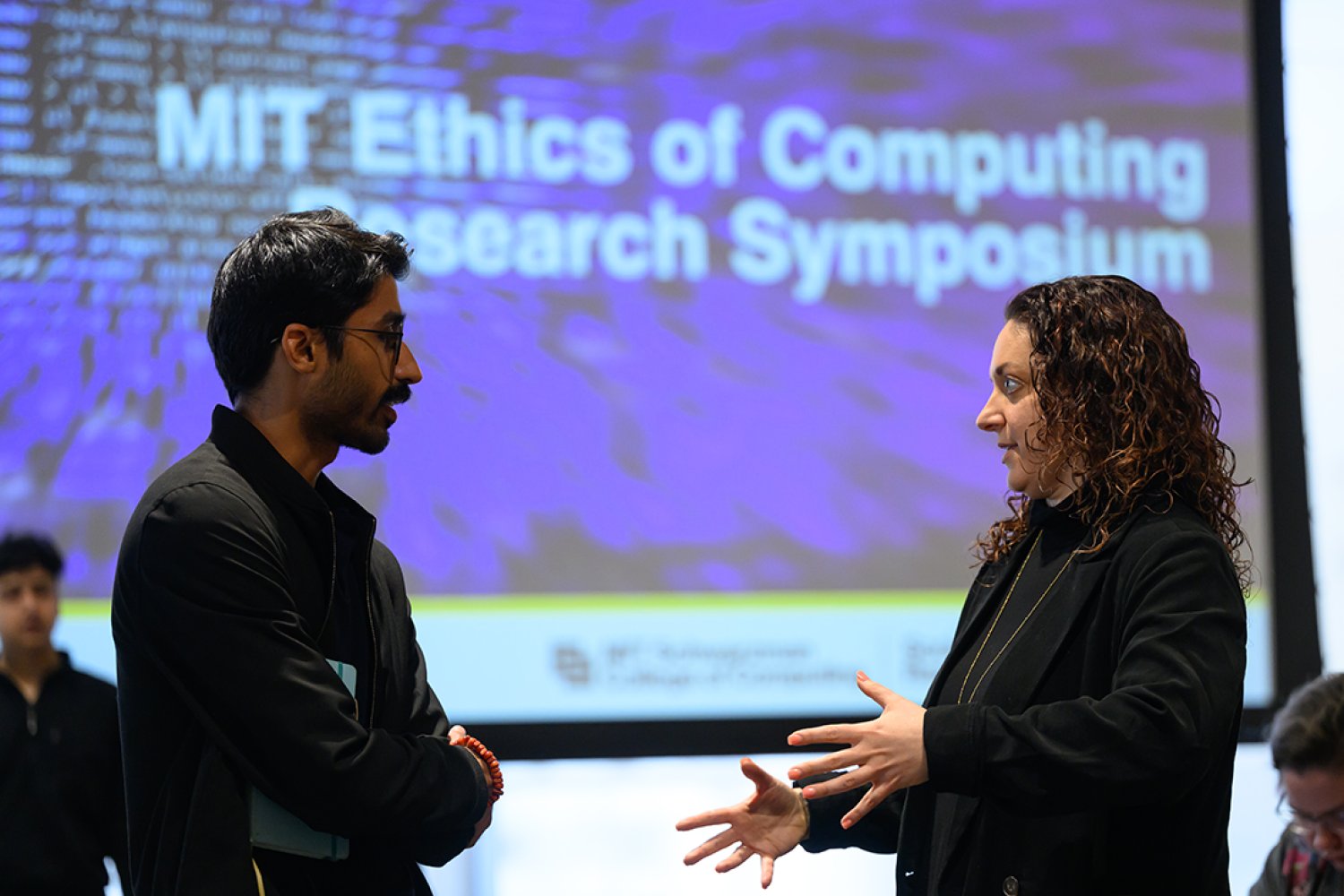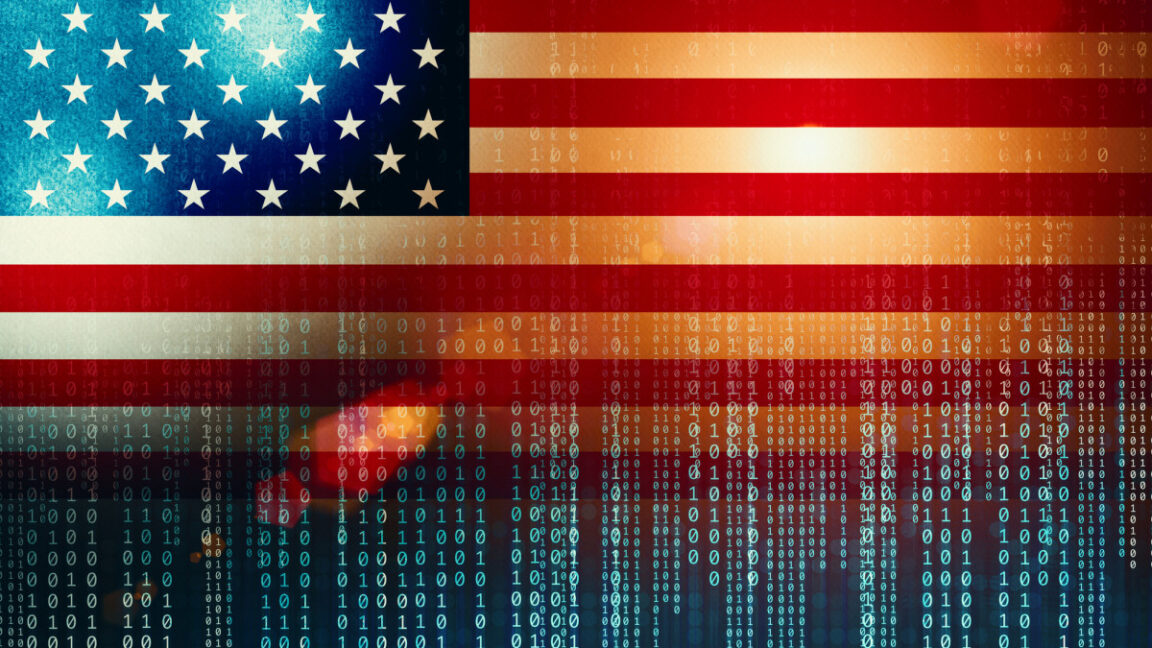Introduction to Artificial Superintelligence
OpenAI chief Sam Altman has declared that humanity has crossed into the era of artificial superintelligence—and there’s no turning back. According to Altman, "We are past the event horizon; the takeoff has started. Humanity is close to building digital superintelligence, and at least so far it’s much less weird than it seems like it should be."
The Road to Superintelligence
The lack of visible signs – robots aren’t yet wandering our high streets, disease remains unconquered – masks what Altman characterises as a profound transformation already underway. Behind closed doors at tech firms like his own, systems are emerging that can outmatch general human intellect. Altman outlines a timeline towards superintelligence that might leave many readers checking their calendars. By next year, he expects “the arrival of agents that can do real cognitive work,” fundamentally transforming software development. The following year could bring “systems that can figure out novel insights”—meaning AI that generates original discoveries rather than merely processing existing knowledge. By 2027, we might see “robots that can do tasks in the real world.”
A Feedback Loop that Changes Everything
What makes current AI development uniquely concerning is what Altman calls a “larval version of recursive self-improvement”—the ability of today’s AI to help researchers build tomorrow’s more capable systems. "Advanced AI is interesting for many reasons, but perhaps nothing is quite as significant as the fact that we can use it to do faster AI research," he explains. This acceleration compounds as multiple feedback loops intersect. Economic value drives infrastructure development, which enables more powerful systems, which generate more economic value.
Living Alongside Superintelligence
Despite the potential impact, Altman believes many aspects of human life will retain their familiar contours. People will still form meaningful relationships, create art, and enjoy simple pleasures. But beneath these constants, society faces profound disruption. "Whole classes of jobs" will disappear—potentially at a pace that outstrips our ability to create new roles or retrain workers. The silver lining, according to Altman, is that “the world will be getting so much richer so quickly that we’ll be able to seriously entertain new policy ideas we never could before.”
The Alignment Problem
Amid these predictions, Altman identifies a challenge that keeps AI safety researchers awake at night: ensuring superintelligent systems remain aligned with human values and intentions. Altman states the need to solve “the alignment problem, meaning that we can robustly guarantee that we get AI systems to learn and act towards what we collectively really want over the long-term”. This isn’t merely a technical issue but an existential one. If superintelligence emerges without robust alignment, the consequences could be devastating.
OpenAI is Building a Global Brain
Altman has repeatedly characterised what OpenAI is building as “a brain for the world.” This isn’t meant metaphorically. OpenAI and its competitors are creating cognitive systems intended to integrate into every aspect of human civilisation—systems that, by Altman’s own admission, will exceed human capabilities across domains. "Intelligence too cheap to meter is well within grasp," Altman states, suggesting that superintelligent capabilities will eventually become as ubiquitous and affordable as electricity.
Conclusion
As the AI industry continues its march toward superintelligence, Altman’s closing wish – “May we scale smoothly, exponentially, and uneventfully through superintelligence” – sounds less like a prediction and more like a prayer. While timelines may (and will) be disputed, the OpenAI chief makes clear the race toward superintelligence isn’t coming—it’s already here. Humanity must grapple with what that means.
FAQs
- What is artificial superintelligence?
Artificial superintelligence refers to a type of artificial intelligence that surpasses human intelligence in all domains, leading to profound transformations in various aspects of human life. - What is the timeline for achieving superintelligence?
According to Sam Altman, the timeline is aggressive, with significant milestones expected in the next few years, including the arrival of agents that can do real cognitive work and systems that can figure out novel insights. - What is the alignment problem in AI development?
The alignment problem refers to the challenge of ensuring that superintelligent systems remain aligned with human values and intentions, which is crucial for preventing devastating consequences. - How will superintelligence impact human jobs and society?
Superintelligence is expected to lead to the disappearance of whole classes of jobs, but it may also enable new policy ideas and make the world richer, allowing for the exploration of new possibilities. - What is OpenAI building, and how will it impact human civilization?
OpenAI is building a global brain, a cognitive system intended to integrate into every aspect of human civilization, which will exceed human capabilities across domains and potentially become as ubiquitous and affordable as electricity.











